Kīlauea Summit Eruption | Lava Returns to Halemaʻumaʻu – USGS (2017)
The sight of liquid molten rock is a stunning experience and has inspired many filmmakers to capture it. The Greek geographer Strabo provides the first historical and technical account of a lava field from a belt of extinct volcanoes in Turkey. This area is now declared as a UNESCO World Heritage Site. In March 2008, a new volcanic vent opened within Halema‘uma‘u, a crater at the summit of Kīlauea Volcano in Hawaiʻi Volcanoes National Park on the Island of Hawaiʻi. […]

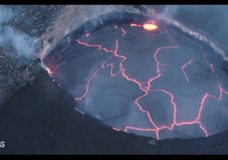
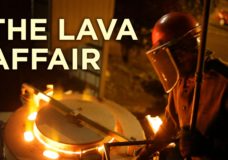


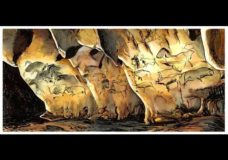
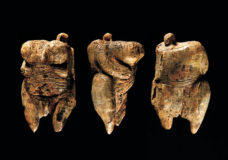

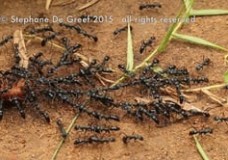
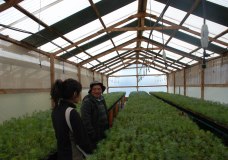

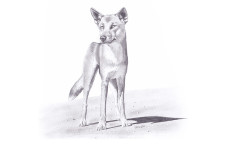

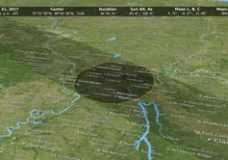
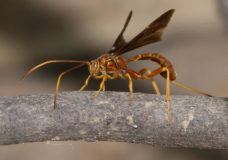
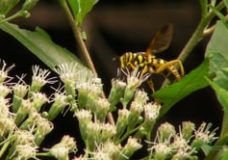

Recent Comments